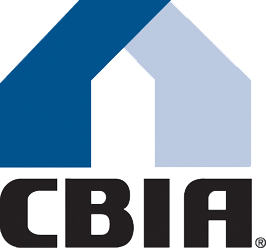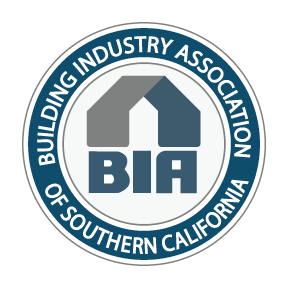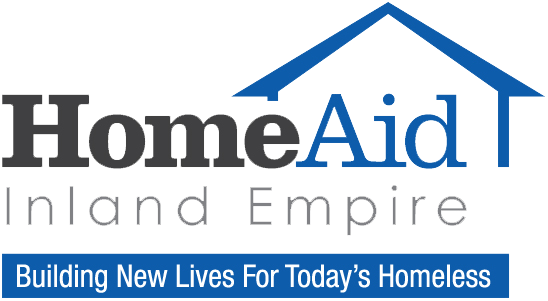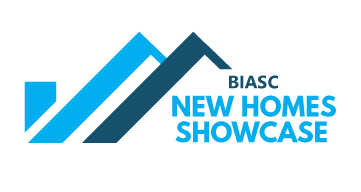Photo by Randy Fath on Unsplash
by Jim Perry, President, Building Industry Association (BIA) Baldy View Chapter
Probably at no point in our recent history have worldwide events focused light on the importance of our homes to our lives, futures and economy. ‘Sheltering in place’ and ‘social distancing’ would be exercises in futility without our homes. More importantly, at some point we are assured that all the disruptions in our lives caused by this pandemic will eventually recede into memory and our focus will shift to repairing the economic damage left in the wake of this crisis.
And here in the Baldy View Region, our recovery will begin with home building.
Every April, America kicks off a season-long celebration of the benefits of homeownership with National New Homes Month because new home building supports communities, economies and benefits the environment. When it comes to rebuilding our nation, new home building will lead the way in attracting and sustaining the consumer spending and labor pools that keep cities strong and viable as taxes generated by local retailers account for the bulk of the revenues needed by cities to provide infrastructure and critical services such as public safety and public health.
Last year, before the first reports of pandemic began affecting our lives, the National Association of Home Builders (NAHB) reported that our state led the nation in employment of residential construction workers—more than half a million California residents - were employed in new home construction including electricians, plumbers, carpenters and all the other workers who contribute to preparing the land and building the home. Building today’s state-of-the-art new home requires the most highly-trained and sophisticated workforce in history and construction jobs offer some of the most attractive job multipliers (a term used by economists and planners to forecast how many additional jobs a single job will support). It is generally estimated that a single construction job will support conservatively between seven and nine additional jobs. It generates additional jobs in housing-related industries that produce building materials and provide services to both home builders and homebuyers such as furniture and appliance industries; metals and plastics; architecture and engineering; real estate agents, brokers, finance and insurance; wood products, concrete and gypsum; construction equipment and other products; selling, moving and storing products; and management, administration, government and legal services.
When a home is built, it will be occupied by people who will generate additional jobs and revenue streams. The rule of thumb is that building an average single-family home will generate nearly three full—time jobs and generate about $111,000 in taxes per house. Building an average rental apartment home will generate an average of 1.13 full-time jobs and $42,383 in taxes. Every $100,000 spent on remodeling generates about 0.89 full-time jobs and $29,779 in taxes.
Once a home is purchased, the direct benefit for homeowners will include tax benefits, investment advantages of leveraging the value in one’s home and homeownership’s role in building personal wealth for the vast majority of Americans.
Today’s new homes are primarily built in new home communities where the builders will not only build the houses, but all the necessary infrastructure to support that new community such as parks, schools, libraries, sidewalks and streets. Because these communities are designed in conjunction with local public safety and environmental authorities to the highest possible standards; and because undeveloped land often creates a burden on local public safety due to threats of wildfire, floods and other natural disasters; today’s new home is one of the most environmentally-friendly homes ever built.
It can take a new home community up to a decade from the land planner’s blueprint vision to an actual constructed home that is ready to occupy. The plans evolve over time through countless reviews by the local governing agency, community leaders and neighbors of the future community. This rigorous design review process includes evaluating how the planned development will impact the existing community and the entire development will be conditioned to mitigate any possible impacts.
The specific design of new streets and utility infrastructure, along with any public amenities that will be part of the new community will all need to come together before the first shovel hits the ground. City or county building inspectors, soils engineers, land surveyors, insurance inspectors, cultural resource consultants and, in many cases, Native American observers, all ensure that the new community is properly constructed and respectful of the environment in which it is being constructed. This collaborative effort, between homebuilders and city leaders ensure that today’s new homes are safe, environmentally friendly and economically viable; and will lead the way back to a safe and secure future for ourselves, our families and our communities.
*****

















